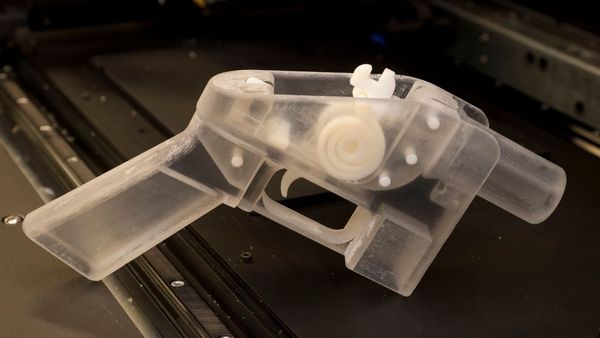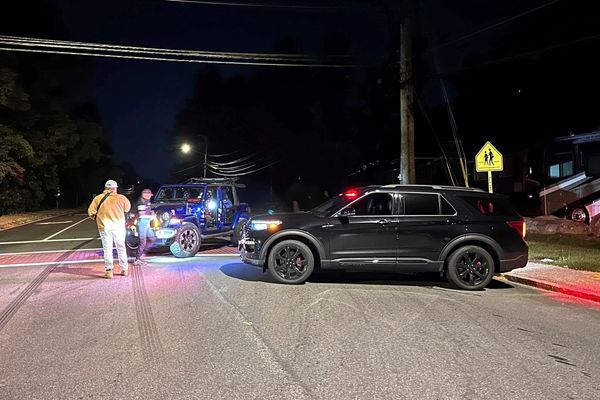
Access to safe and clean drinking water is a human right and, in Australia, it’s widely assumed all water from a tap is OK. But as water quality warnings in some regional New South Wales towns have shown, both rain and groundwater can become polluted and some scientists say it’s time to have a rethink.
About 19% of Australian residents use rainwater in their household. It is captured in tanks that are typically fitted with filters – but some researchers warn that is not enough to avoid dangerous pollutants and bacteria.
Stuart Khan, professor in the school of civil and environmental engineering at the University of NSW, said people should not assume all rainwater is safe to drink.
“Health departments generally do advise that if you have a reticulated [mains] water supply available, you use that for drinking and you use rainwater tanks for outdoor uses, possibly flushing toilets and things like that,” Khan said.
“But there are many places in Australia that rely on rainwater to drink, places that are not on reticulated water supplies.”
Rainwater tanks are a standard feature on most Australian farmhouses, which are often not connected to mains water.
But reports of heavy metal contamination near Orange last month have triggered some farmers in the NSW central west to rethink their water quality. Community-led testing of the private rainwater supplies for 40 houses within a 10km radius of the Newcrest Cadia goldmine, sparked by visible dust clouds from the mine, found one in three samples showed unsafe lead levels. The source of the lead and other heavy metal contaminants has not been confirmed.
Khan said rainwater contamination caused by dust from mine sites had been recorded in other regional Australian communities – most notably at Broken Hill in far-west NSW.
Lead, zinc and silver have been mined at Broken Hill since the 1880s. The dry climate leads to dust clouds, which contain traces of heavy metals. That dust settles on roofs and washes into rainwater tanks.
“Anywhere where there’s major mining, and particularly if it happens to be a lead mine, then there’s a relatively high risk that you’ll produce dust that contains that lead, and that dust will land on rooftops and when it rains, will be washed into rainwater tanks,” Khan said.

Australian drinking water guidelines state that anything above 0.01 mg of lead a litre is hazardous to human health. Dr Ian Wright, an associate professor in environmental science at Western Sydney University, said there is no “safe” level of lead in drinking water.
“It’s an accumulative neurotoxin that can have lifelong impairment of a developing brain,” he said.
Wright supported the community-led research into rainwater quality near the Cadia mine.
It’s not just mining that can cause a problem for rainwater. Water Research Australia, an organisation comprised of academics, scientists and representatives from state and federal water agencies, has also investigated the health impacts of bacteria and other pathogens in rainwater.
“Particularly where you have trees that overhang a rooftop where the water is captured and you might have birds or bats that are populating those trees, you can end up with things like salmonella,” Khan said.
Those pathogens would be killed by chlorine but very few people use chlorine to disinfect their private rainwater tanks, he said.
“If you have a good filtration system, you might be able to remove some of the bacterial contaminants,” he said. “But really, if you’ve got bat poo or bird poo on your roof … then there is a real risk of bacterial contamination that can make people sick.”
Other researchers who spoke to Guardian Australia said while there were some risks associated with rainwater, it often scored better than mains water.
“Every health survey that’s ever been done shows rainwater is as good or better than mains water,” said Dr Peter Coombes, professor at the Australian National University.
“The majority of rainwater is fit for purpose and good quality. There’s a small amount of problems from time to time, as there is with mains water.”
Coombes said while animal faeces may end up in a rainwater tank, this rarely posed a serious health risk.
“The relevant bacteria that might make humans sick, if it gets through the entire treatment plant train and ends up at your tap, which it hardly ever does … is typically a mild pathogen for humans,” he said.
Groundwater, or bore water, on the other hand, is often much lower quality.
Residents in Walgett in north-west NSW have been unable to drink tap water for five years because the community switched to an emergency bore water supply after years of drought and water insecurity. The bore water, the ABC reported this month, is drawn from the Great Artesian Basin and has an offputting smell and taste.
Some remote communities in the Northern Territory and outback Western Australia have also been unable to use the groundwater – their only reliable supply – due to uranium contamination caused by naturally uranium-rich soils.
Groundwater drawn from more shallow aquifers is often contaminated with surface pollutants, Khan said.
“Whatever is happening on the surface when it rains, that infiltrates down into a superficial aquifer, and therefore you have much more variable water quality,” he said. “It can be contaminated when things go wrong, but it might be fine at other times.”







